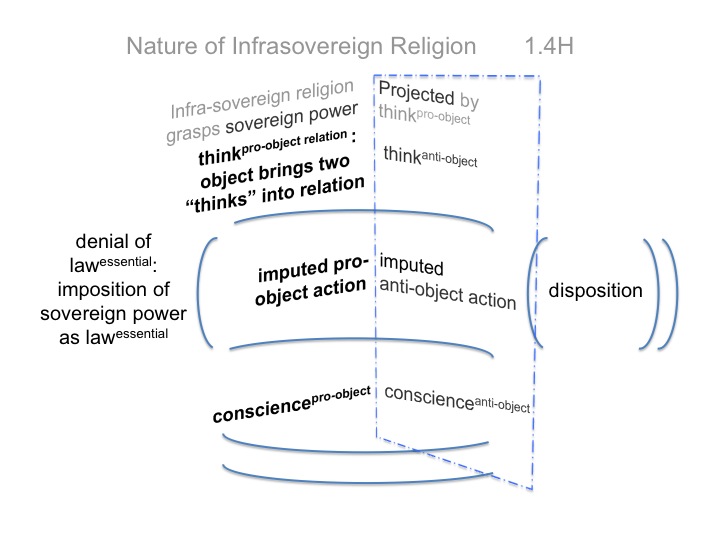Man and Sin by Piet Schoonenberg (1964) 1.4I
Summary of text [comment] page 22
The “No of sin” shows itself in two forms: refusal and usurpation. Each form includes the other.
[I mention this text in order to show how slowly I’m moving: This same sentence starts blog 1.4D.
Ancient Israel was the first civilization on record to clearly document the historic pattern of a suprasovereign religion establishing a sovereign, that then became a locus of power and a site of competition for infrasovereign religious factions.]
According to Schoonenberg, some [infrasovereign religious] factions aimed to “be like unto God” (Gen 3:5) and to dispose (as if they owned) God’s free gifts.
Of course, they had to destroy whoever complained. They did so by projecting the anti-object, claiming that dissenters (and whoever else might accidentally stand in their way) held despicable ideologies (that God could not give gifts) and were bad people (for hating God and God’s gifts).]
The sovereigninfra Cult of the Royal House (of the First Temple) projected an ideology of disobedience and a persona of disrespect onto the prophet. This was manifestly the opposite of what God (and practically everyone else, for that matter) witnessed.

